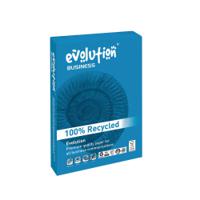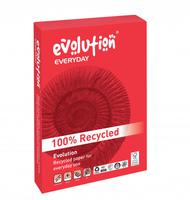
The Fascinating Process of Making Paper: A Comprehensive Guide
Paper is a ubiquitous material that we use in our daily lives, but have you ever stopped to wonder about the process that goes into making it? Paper is made from wood fibers, and while the concept of making paper may seem simple, it is actually a complex process that involves a variety of steps.
The first step in making paper is sourcing the raw material – wood. The wood used for making paper comes from trees that have been grown specifically for this purpose. The type of wood used can vary depending on the desired properties of the paper, but common types include softwood trees such as pine or fir, and hardwood trees like oak or birch.
Once the wood has been harvested, it is transported to a paper mill, where the paper-making process begins. The wood is first chipped into small pieces and then boiled in a mixture of water and chemicals known as a "digestion process." This breaks down the wood fibers and releases them from the lignin that binds them together.
The next step is to turn the wood fibers into pulp. This is done by grinding the wood chips into a slurry and then separating the pulp fibers from the water using a series of screens and filters. The resulting pulp is then washed, bleached, and dried to remove any impurities and improve the strength and colour of the paper.
At this point, the pulp can be turned into paper. The pulp is mixed with water to form a paper-making slurry, and then spread out over a mesh conveyor belt. As the water drains away, the fibers in the slurry bond together to form a sheet of paper. The paper is then pressed and dried to remove any remaining moisture.
Once the paper is dry, it can be further processed to create different textures, finishes, and weights. This can include techniques like calendering, which involves smoothing the paper with rollers to create a glossy finish, or embossing, which creates a pattern or texture on the paper's surface.
The process of making paper has evolved over time, with modern mills incorporating advanced technologies to increase efficiency and reduce waste. However, it is important to note that paper production can have a significant environmental impact. The use of chemicals in the digestion process and bleaching can lead to water pollution, while the harvesting of trees can contribute to deforestation and habitat destruction.
Fortunately, there are ways to make paper production more sustainable. One approach is to use recycled paper instead of virgin wood pulp. This reduces the need to harvest trees and can significantly reduce the environmental impact of paper production. Additionally, some paper mills are adopting cleaner production methods that reduce water and chemical use.
In conclusion, while paper may seem like a simple product, its production is actually a complex process that involves multiple steps. By understanding how paper is made, we can appreciate the resources and energy that go into its production and work towards more sustainable practices. As individuals and businesses, we can make a difference by choosing recycled paper, reducing our paper usage, and supporting sustainable paper production.










.jpg)

.jpg)




